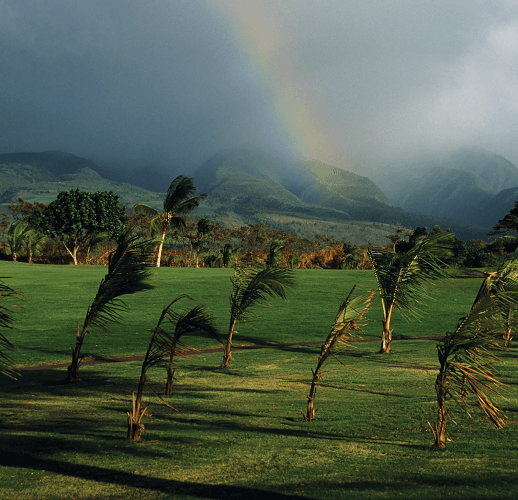Difference Between Air and WindAir and wind are concepts that are sometimes used interchangeably, yet they have significant differences. While wind is a particular flow of air brought on by variations in air pressure, the air is a general phrase that refers to the invisible gas combination that constitutes the Earth's atmosphere. Air:
The atmosphere of the Earth consists of a combination of gases called air. Around 78% of it is nitrogen, 21% is oxygen, and 1% is made up of other gases, including neon, carbon dioxide, and argon. The ecosystem and human health may be negatively impacted by the air's trace levels of contaminants and fluctuating amounts of water vapor. In addition, it includes other things like dust, water vapor, and others. Air is essential to life on Earth since all living species require oxygen. The respiration mechanism, which enables organisms to transform nutrients into energy, requires oxygen. Air is necessary for life to exist as we know it. In addition, the air is essential for controlling the temperature and weather on Earth. The atmosphere of Earth works to absorb solar heat to keep the planet at a temperature that is suitable for life. Moreover, air contributes to the distribution of heat and moisture around the globe, which fosters the conditions required for various ecosystems to exist. Wind:
Wind results from the flow of air from high-pressure regions to low-pressure regions. Differences in pressure and temperature throughout the Earth's surface generate this movement. Although colder air descends and forms areas of high pressure, hot air rises and causes low-pressure areas. Because of this pressure differential, the air is forced to travel from high-pressure to low-pressure regions, resulting in wind. Wind can be divided into many categories depending on its direction and speed. Wind speeds less than 12 mph indicate gentle breezes, whereas faster winds are either gales or gusts, depending on their strength. The direction of the wind may also be used to classify it; for example, northerly winds are those blowing from the north. In addition, the wind is crucial to human activity. Wind energy is a renewable energy source used to create electricity, and wind turbines have grown more popular in many places worldwide. Moreover, wind may navigate and convey ships and cool structures.
ConclusionIn conclusion, while they are two different ideas, air & wind are related. The gases that make up the Earth's atmosphere are called air, and the wind is the movement of the air brought on by variations in pressure and temperature. Although wind is a key renewable energy source, it may substantially influence both the surroundings and human activity.
Next TopicDifference Between
|
 For Videos Join Our Youtube Channel: Join Now
For Videos Join Our Youtube Channel: Join Now
Feedback
- Send your Feedback to [email protected]
Help Others, Please Share










